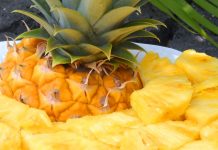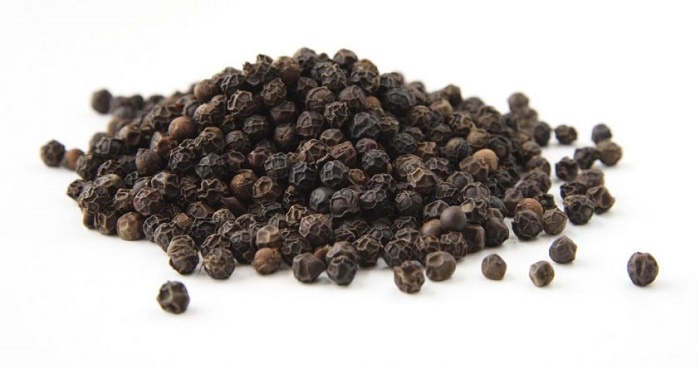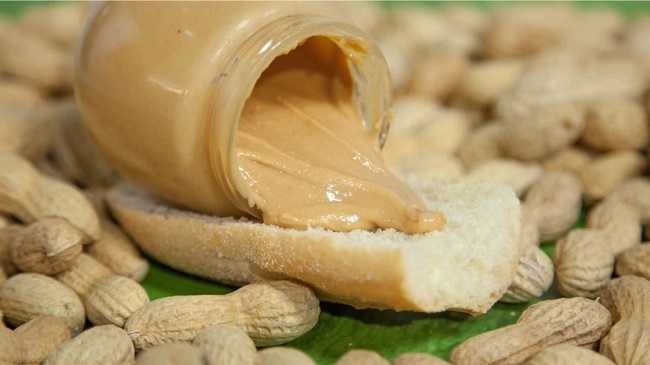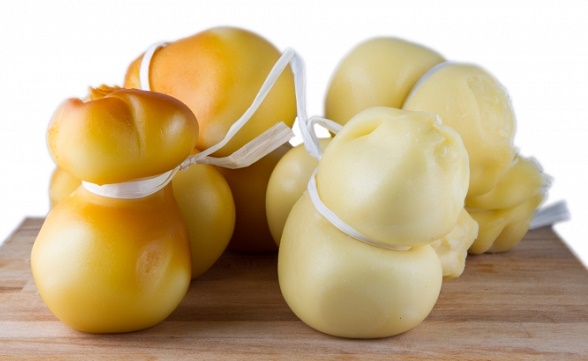
Sugar
The sugar is called with this name in the kitchen, while for science the exact name is sucrose and it is an organic compound which is classified in the family of glucides disaccharides. The word sugar for science is instead very general and in fact also includes the carbohydrates and all those compounds which can be enclosed in that family. The sucrose is very present in nature in many foods, from fruit to honey up to plants widely used today for the extraction as the cane or beet. Its use has increased in both industrial and artisan bakery.
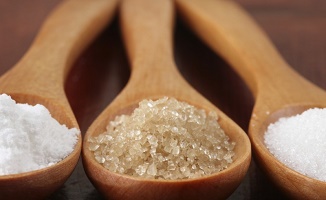
A bit of history
Sucrose, or rather the food sugar, it has always been used by mankind since ancient times. The first evidence seem to date back even to the fifth millennium BC in Polynesia when they produced a highly concentrated sugar juice by boiling the sugar cane. Slowly the practice was first exported to Asia, particularly in China and India after passing by Australia, and then to the XV century AD in South America. In Persia, the first news of a sweet juice that date back to Darius I in 510 BC, referring to crystals then dried in the sun, filming news from Alexander the Great in 325 BC in his travels to the East, although the intensive cultivation was not until the Arabs in the sixth century AD.
The Crusades before, and the Genoese and Venetian merchants then, made known the “Arab salt“, as it was called the sugar, to Europe only in the eleventh century, during which Frederick II gave the order to grow sugar cane in the Italian south, where there was already more and thanks to the Arabs. Despite this cultivations, sugar was rare for a very long time and regarded as the most precious spices, so as to have high prices and also be sold by pharmacists of the time, to make medicines and syrups. It was the discovery of the New World by Columbus that the cultivation of sugarcane was introduced to Central America, from Cuba to the West Indies, from Mexico to Brazil, countries which today are among the largest producers.
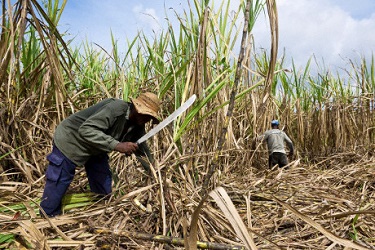
This introduction marked a turning point in the sugar market as in these countries production was qualitatively and economically better. While maintaining higher prices than poorer products, sugar spread to the lower social classes than the aristocratic and this favored the imagination in European cuisines, with a new set of recipes for cakes. It was born here the pastry as we know it today, with ingredients such as sugar, cocoa and coffee which lined the honey, the only ingredient used until then.
If up to that point, however, it was the sugar cane to be used for production, in 1575 Olivier De Serres, French agronomist, documented as well as the European beet, if cooked in water, could provide a very sweet syrup, then to be dried for the production of crystals. His discovery, however, was later considered only a few centuries later, as the cane continued to be widely used so much so that between 1650 and 1750 tripled its use. It was with the Napoleonic wars and the frictions between France and England that the beet became part of the sugar production, at the behest of the French emperor who wanted so overcome the lack of supplies from America, then English commercial territory.
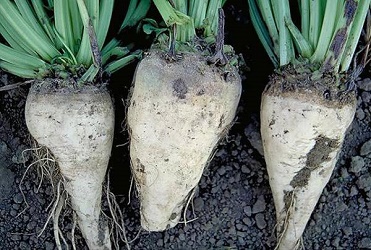
With the decree of Berlin of 1806, sugar it was lacking throughout the Old Continent and in France began extensive use of beet. The banned brown sugar returned only with the famous Congress of Vienna‘s Restoration of 1815, but now beet had proved to be not only an excellent replacement of the cane, but a secure low-cost source of sugar, because cheaper than the plant overseas. The only drawback was the lack of factories that continued to limit production, but eventually, slowly, beet took over in Europe thanks to the constant and gradual abolition of slavery in America that was holding down the price of labor in the New Continent until the middle of ‘800s. Today the beet is the most used in Europe.
Production
Industrially, the beet is the prince plant for the extraction of sugars in Europe, and the cane with regard to the Americas. Then there are other plants they are involved in small productions, such as maple and date palm. With the sugar cane extraction takes place on the maturity of the plant through a milling drums to extract the juice, while the beet with the process provides an initial comminution of the plant to pass to a next step under hot water jets, then collected in tanks which extract both the sugars that other beet substances. After separating wastes are used for animal feed, while those of the barrel going to use as fuel.

